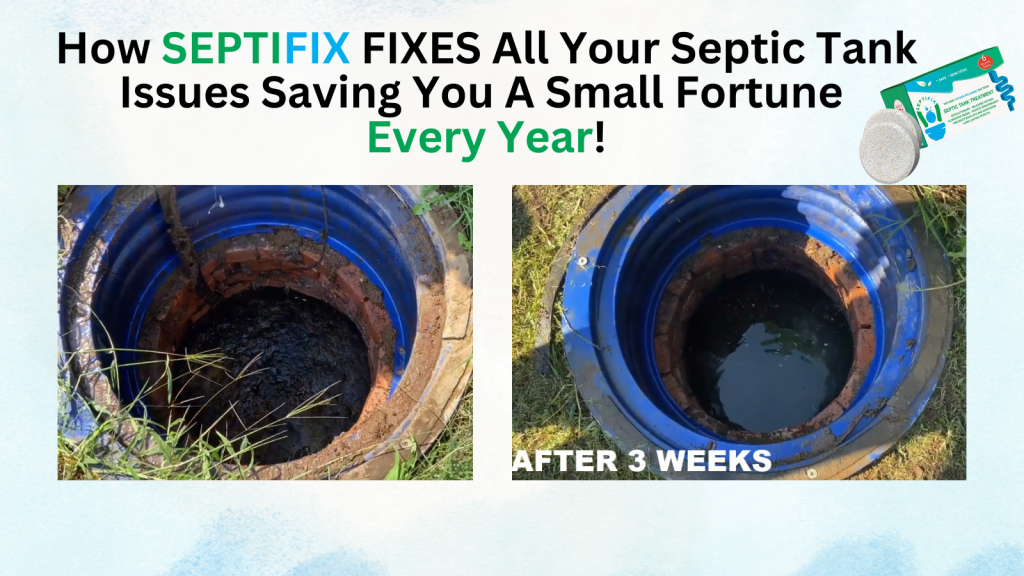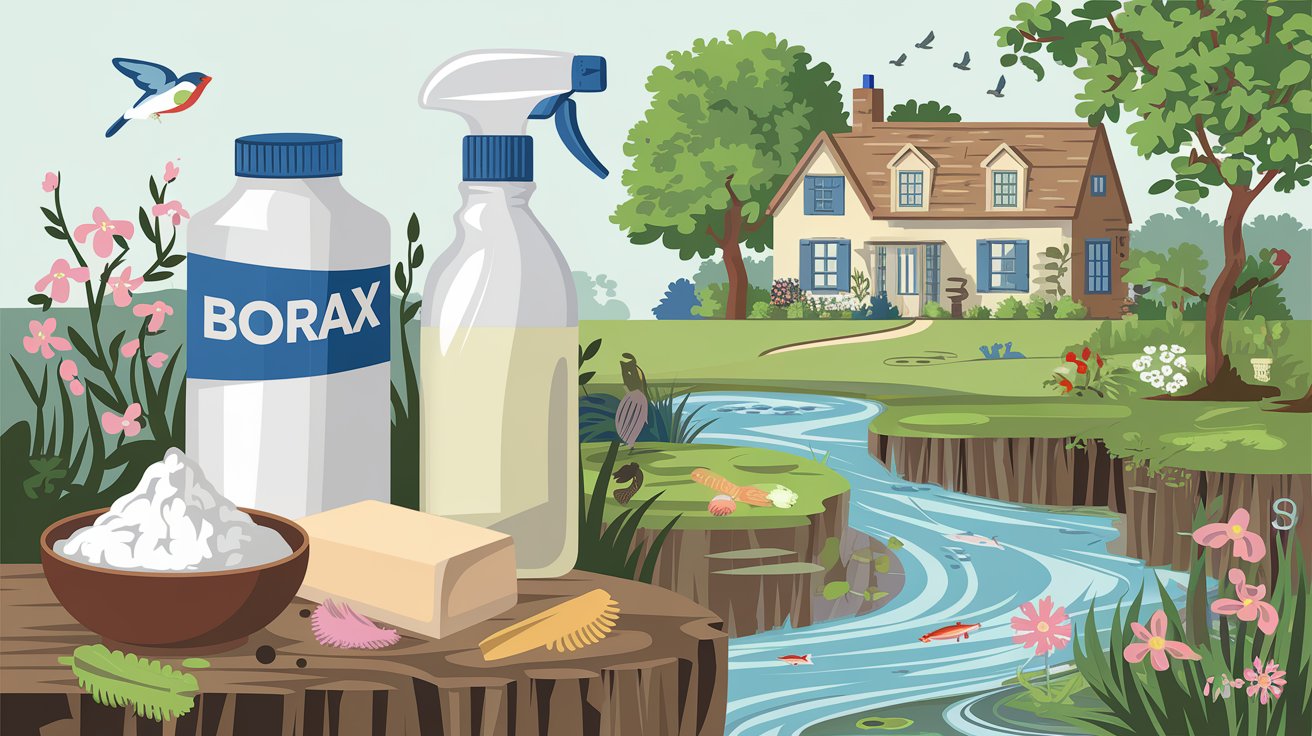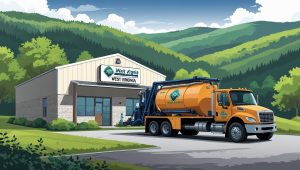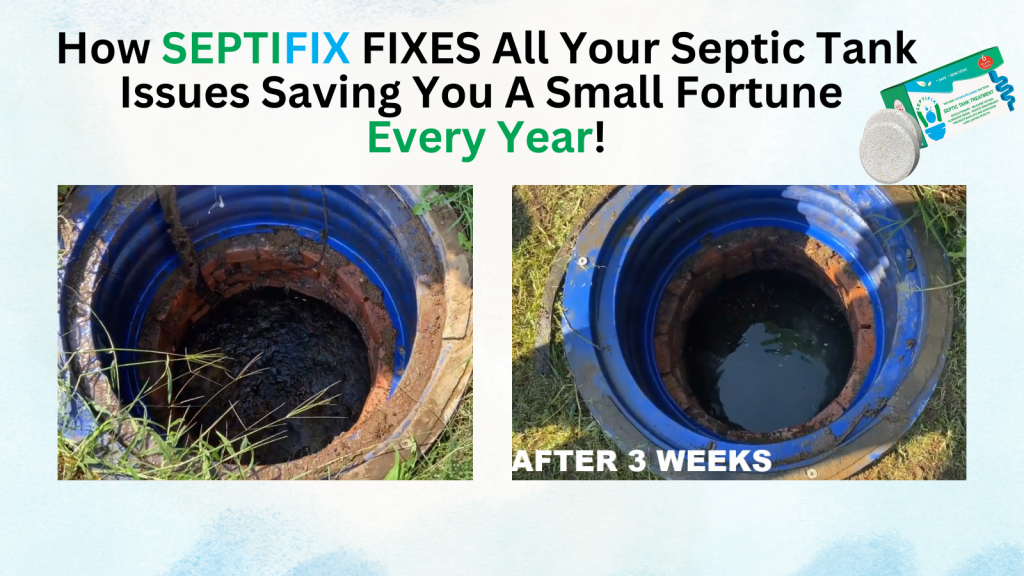Maintaining a healthy septic system is crucial for homeowners who rely on these systems for waste management. Using homemade septic-safe cleaning solutions can significantly contribute to the longevity and efficiency of your septic system. These DIY cleaners are not only environmentally friendly but also cost-effective and easy to make. In this article, we will explore the importance of using septic-safe cleaning products and provide you with simple recipes to create your own eco-friendly cleaners.
Table of Content
- Why Use Septic-Safe Cleaning Solutions?
- Common Ingredients for Septic-Safe Cleaners
- DIY Recipes for Septic-Safe Cleaners
- Tips for Maintaining Your Septic System
- Benefits of Homemade Cleaning Solutions
- Septic Permit Links by State
Why Use Septic-Safe Cleaning Solutions?
Non-septic-safe cleaning products can harm your septic system by introducing harsh chemicals that disrupt the natural balance of bacteria needed to break down waste. This can lead to system failures, costly repairs, and environmental pollution. On the other hand, septic-safe cleaning solutions promote a healthy septic environment and are gentler on the ecosystem.
Environmental Impact
The environmental impact of non-septic-safe cleaners is significant. When these chemicals enter the septic system, they can kill beneficial bacteria, leading to inefficient waste breakdown. This inefficiency can cause untreated waste to enter groundwater, posing risks to local water sources and wildlife. By using homemade septic-safe cleaning solutions, you can help protect your local environment and ensure that your septic system operates effectively.
Cost-Effectiveness
Another advantage of using DIY cleaning solutions is their cost-effectiveness. Many commercial cleaning products are expensive and contain a mix of chemicals that may not be necessary for effective cleaning. By making your own cleaners, you can save money and avoid unnecessary chemical exposure.
Common Ingredients for Septic-Safe Cleaners
When creating your own homemade septic-safe cleaning solutions, it’s essential to use natural and eco-friendly ingredients. Some common ingredients include:
- Baking Soda: A natural abrasive and deodorizer. It’s effective for cleaning surfaces and neutralizing odors.
- White Vinegar: Effective for dissolving mineral deposits and neutralizing odors. Vinegar is also a natural disinfectant.
- Castile Soap: A biodegradable and gentle cleaning agent. It’s suitable for a variety of cleaning tasks, from all-purpose cleaning to laundry.
These ingredients are readily available and can be combined in various ways to create effective cleaning solutions.
DIY Recipes for Septic-Safe Cleaners
All-Purpose Cleaner Recipe
- Ingredients:
- 1 cup water
- 1/2 cup white vinegar
- 2 tablespoons castile soap
- Instructions:
- Mix all ingredients in a spray bottle.
- Shake well before use.
- This cleaner is suitable for countertops, sinks, and other surfaces.
Dish Soap Recipe
- Ingredients:
- 1 cup water
- 1/2 cup castile soap
- 1 tablespoon washing soda
- Instructions:
- Combine ingredients in a bowl.
- Stir until the washing soda dissolves.
- Transfer to a bottle for use.
- This dish soap is gentle on hands and effective for cleaning dishes.
Laundry Detergent Recipe
- Ingredients:
- 1 cup washing soda
- 1 cup borax
- 1 bar of soap (grated)
- Instructions:
- Mix all dry ingredients.
- Add 1-2 tablespoons of the mixture per load.
- This detergent is cost-effective and gentle on clothes.
Tips for Maintaining Your Septic System
Regular maintenance is key to ensuring your septic system functions properly. Here are some essential practices:
- Regular Inspections: Have your septic tank inspected every 1 to 3 years by a professional. This helps identify potential issues before they become major problems.
- Pumping Schedule: Pump your septic tank every 3 to 5 years, depending on household size and water usage. Regular pumping prevents solids from building up and causing system failures.
- Proper Waste Disposal: Avoid flushing non-biodegradable items like baby wipes and sanitary products. These items can clog pipes and disrupt the septic system’s operation.
Benefits of Homemade Cleaning Solutions
In addition to being septic-safe, homemade cleaning solutions offer several benefits:
- Customization: You can adjust recipes based on your cleaning needs and preferences.
- Reduced Chemical Exposure: By using natural ingredients, you minimize exposure to harsh chemicals found in many commercial cleaners.
- Sustainability: Making your own cleaners reduces packaging waste and supports a more sustainable lifestyle.
Conclusion
Incorporating homemade septic-safe cleaning solutions into your cleaning routine can significantly benefit your septic system and the environment. By adopting these DIY recipes and maintaining your septic system regularly, you can prevent costly repairs and ensure a healthy ecosystem. Need help with septic tank maintenance? Explore our guides on septic system care for more information.










